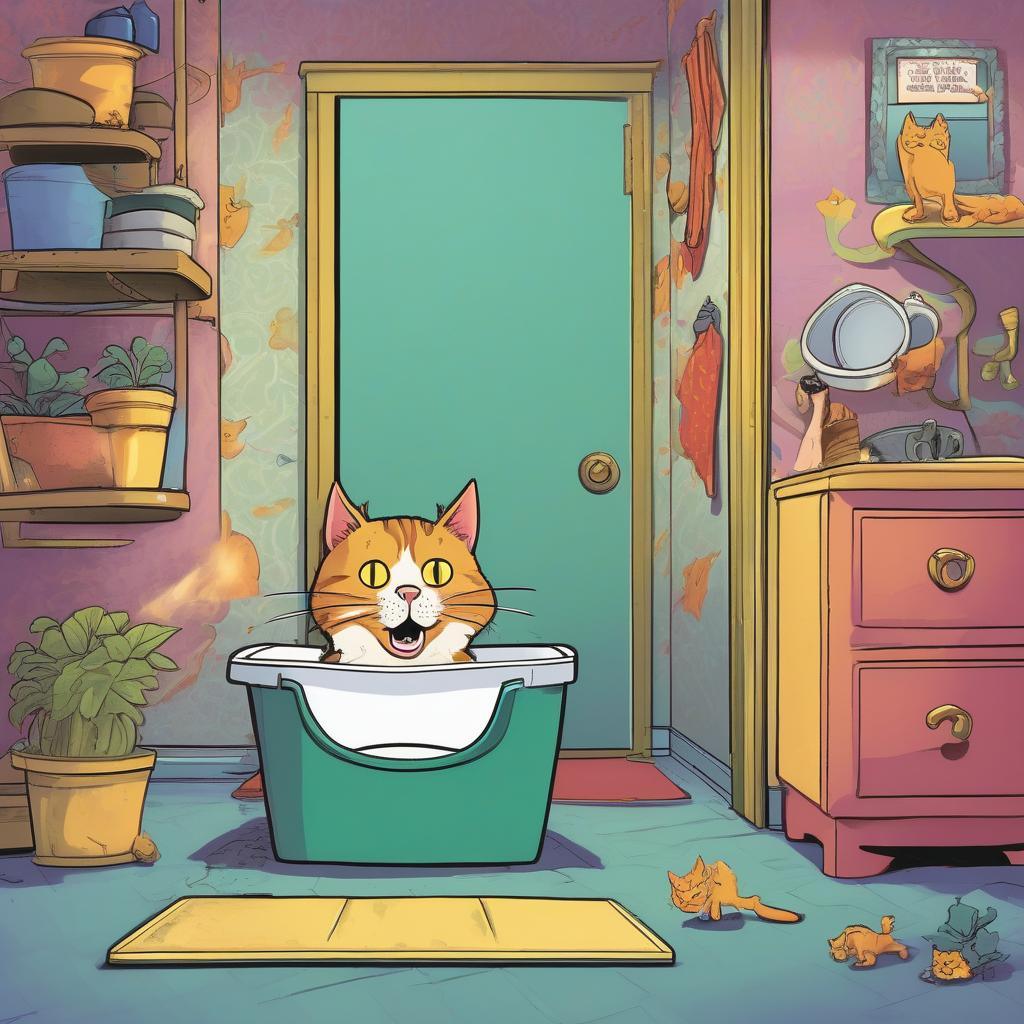
The Ultimate Tips For Improving Cat Litter Box Experiences
A comprehensive guide to understanding and optimizing your cat's bathroom needs
1. The Art of Litter Box Placement
Cats are fascinating creatures who need a delicate balance of privacy and security. Think of their wild ancestors – they needed to stay alert while being vulnerable. Your house cat has the same instincts!
The Perfect Location Checklist:
- Quiet but not isolated
- Away from food and water (cats naturally separate their eating and elimination areas)
- Clear escape routes (cats don't like feeling trapped)
- Safe from sudden noises (washing machines, dishwashers, furnaces)
- Good visibility of surroundings
- Easy access
Pro Tip: Try the "Three Days Test" - place litter boxes in different locations and observe your cat's preferences over three days. Their behavior will tell you what works best.
2. The Science of Cleanliness
Did you know? A cat's sense of smell is 14 times stronger than humans! This explains why cleanliness is non-negotiable.
Essential Maintenance Schedule:
- Scoop twice daily (morning and evening)
- Maintain 4 inches of litter depth
- Complete box cleaning every 2 weeks
- Replace plastic boxes annually (they can retain odors)
Natural Odor Control Solutions:
- Baking soda (sprinkle lightly under litter)
- Activated charcoal filters
- Air purifier nearby (but not too close)
- Open windows for ventilation
Avoid These Common Mistakes:
- Scented litters
- Air fresheners near the box
- Harsh cleaning chemicals
3. Respect the Routine
Cats are creatures of habit – their bathroom routine is no exception. Changes in their litter box setup can cause stress and behavioral issues.
Change Management Tips:
- When introducing new litter, mix it gradually with the old
- Keep the old box location when adding new boxes
- If you must move a box, do it inch by inch over several days
4. Smart Space Management
Protecting Your Space:
- Use tracking mats (larger than you think you need)
- Consider decorative screens for privacy
- Install motion-sensor lights for nighttime use
- Use furniture strategically to create natural privacy screens
Innovation Spotlight: There are now smart litter boxes that can track your cat's bathroom habits and alert you to potential health issues!
5. Size and Style Considerations
Use a litter box that is the right size for your cat, about 1x the length of your cat, or enough room to turn comfortably around. A box that's too small can result in scattered litter or mishaps.
6. Multi-Cat Harmony
The famous N+1 rule (where N is the number of cats) is just the beginning. Consider these factors:
- Territorial dynamics
- Age differences
- Mobility issues
- Social hierarchies
Additional Resources:
Books:
- "Think Like a Cat" by Pam Johnson-Bennett
- "Cat Sense" by John Bradshaw
Online Tools:
- International Cat Care (icatcare.org)
- The Indoor Cat Initiative (indoorcat.osu.edu)
- Jackson Galaxy's Cat Resource Center
Apps:
- Litterbox Tracker Pro
- Cat Health Monitor
Expert Corner
Consulting veterinary behaviorist Dr. Sarah Wilson suggests: "Monitor your cat's litter box habits. Changes in bathroom behavior can be early indicators of health issues."
Common Signs of Litter Box Problems:
- Excessive digging
- Perching on the edge
- Multiple attempts to cover waste
- Meowing before or after use
Remember: If you notice sudden changes in litter box habits, consult your veterinarian. Sometimes what seems like a behavior problem is actually a health issue.
See our stylish cat litter box and accessories that will keep you and kitty purring.
Did you find this guide helpful? Share your experiences and tips with other cat parents in the comments below!











 https://ri-son.com
https://ri-son.com







